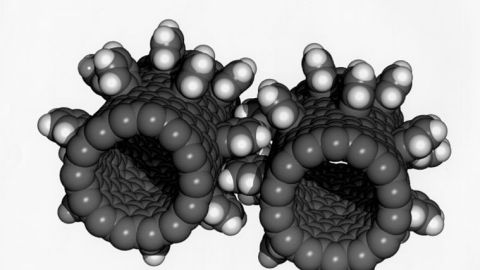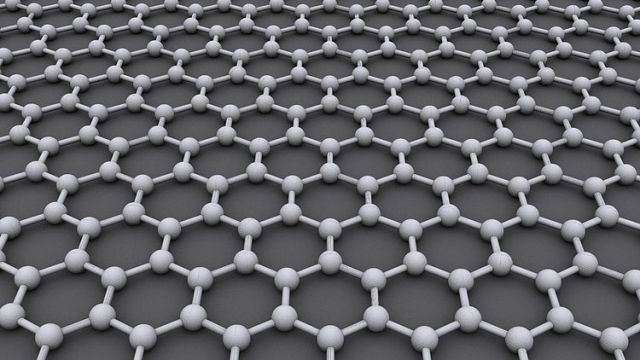Nanomachines Just 30 Atoms Wide

What’s the Latest Development?
Researchers at M.I.T. have overcome an engineering problem to make nanostructures a mere 10 nanometers—or about 30 atoms—wide. The structures will be used to add important features to chips used in everyday devices like transistors in computer chips, the optics in communications chips and the mechanical systems in biosensors. “The researchers use existing methods to deposit narrow pillars of plastic on a chip’s surface; then they cause the pillars to collapse in predetermined directions, covering the chip with intricate patterns.”
What’s the Big Idea?
To date, the difficulty in modifying nanostructures has been a result of photolithography, the process on which the development of today’s mini-machines depend. “With photolithography, chips are built up in layers, and after each layer is deposited, it’s covered with a light-sensitive material called a resist.” Light is used in combination with the resist to remove the excess pieces around the chip’s following layer but eventually the length of lightwaves limit the process. M.I.T.’s new method represents a new level of control over nanostructure construction.




